|
Sábado 22 de abril |
|
Mañana |
|
11:00 h - 12:00 h |
«El Dibujante Neuromante: Pintando Células con Ramón y Cajal»
Taller infantil (de 4 a 12 años) - Mimedia Extraescolares
|
|
12:30 h - 13:30 h |
«Papá, ¿cómo se enroscan las caracolas?
Luisma Escudero (Universidad de Sevilla)
Charla-Presentación libro. Ed. Crítica.
|
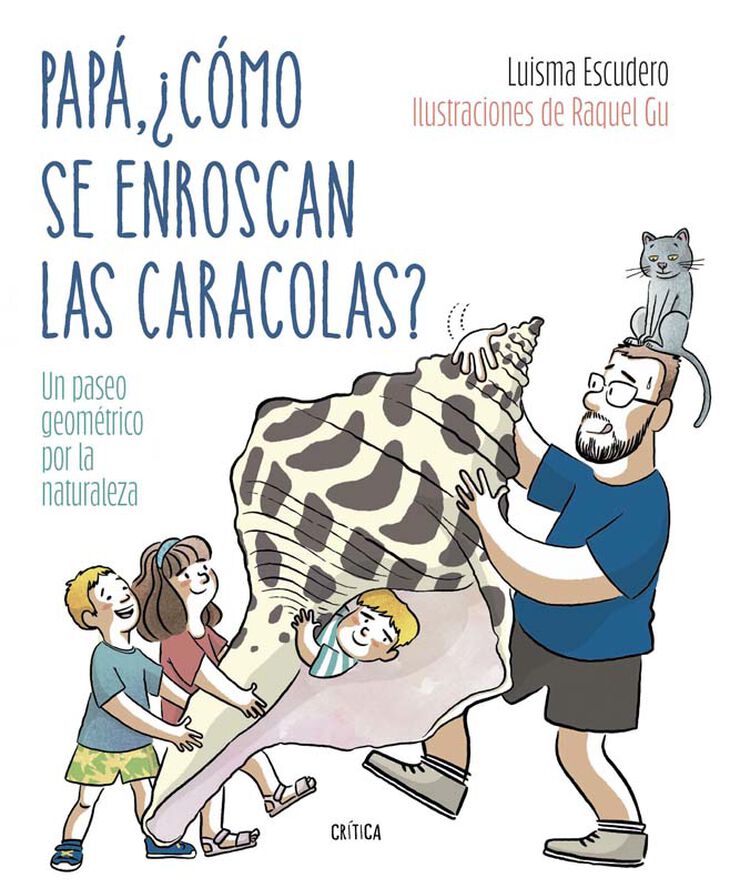 |
 |
|
|
|
Tarde |
|
17:30 h - 18:30 h |
«Verde que te Quiero Rojo: Experimentos de Fotosíntesis y Bioluminiscencia»
Taller infantil (de 4 a 12 años) - Mimedia Extraescolares
|
|
19:00 h - 20:00 h |
«¿Por qué mi hijo tiene una enfermedad rara?»
Lluís Montoliu (Centro Nacional de Biotecnología CNB-CSIC y CIBER de Enfermedades Raras)
Charla-Presentación libro. Ed. Next Door.
|
 |
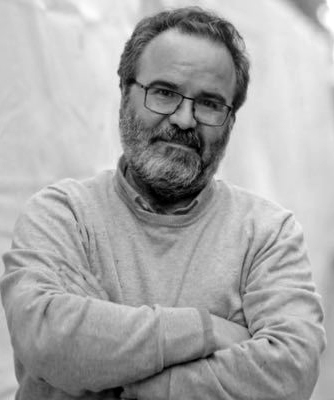 |
|
|
|
20:00 h - 21:00 h |
«La NO guia de fauna»
Carlos Castillo (WAUW.science)
Charla-Presentación libro.
|
 |
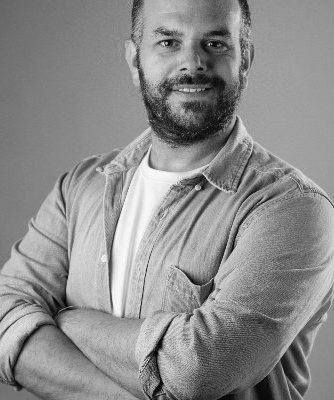 |
|
|
|
Domingo, 23 de abril |
|
|
Mañana |
|
11:00 h - 12:00 h |
«El Dibujante Neuromante: Pintando Células con Ramón y Cajal»
Taller infantil (de 4 a 12 años) - Mimedia Extraescolares
|
|
12:30 h - 13:30 h |
«Prehistorias de mujeres»
Marga Sánchez Romero (Universidad de Granada)
Charla-Presentación libro. Ed. Destino.
|
 |
 |
|
|
|
Tarde |
|
17:30 h - 18:30 h |
«Verde que te Quiero Rojo: Experimentos de Fotosíntesis y Bioluminiscencia»
Taller infantil (de 4 a 12 años) - Mimedia Extraescolares
|
|
19:00 h - 20:00 h |
«Pinceladas del cosmos. La astronomía en el arte»
Montserrat Villar (Centro de Astrobiología CAB-CSIC-INTA)
Conferencia de divulgación
|
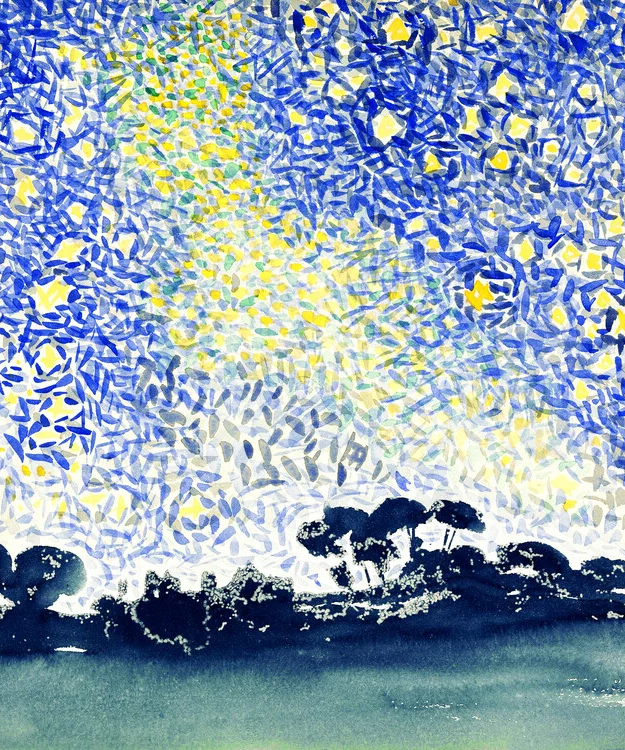 |
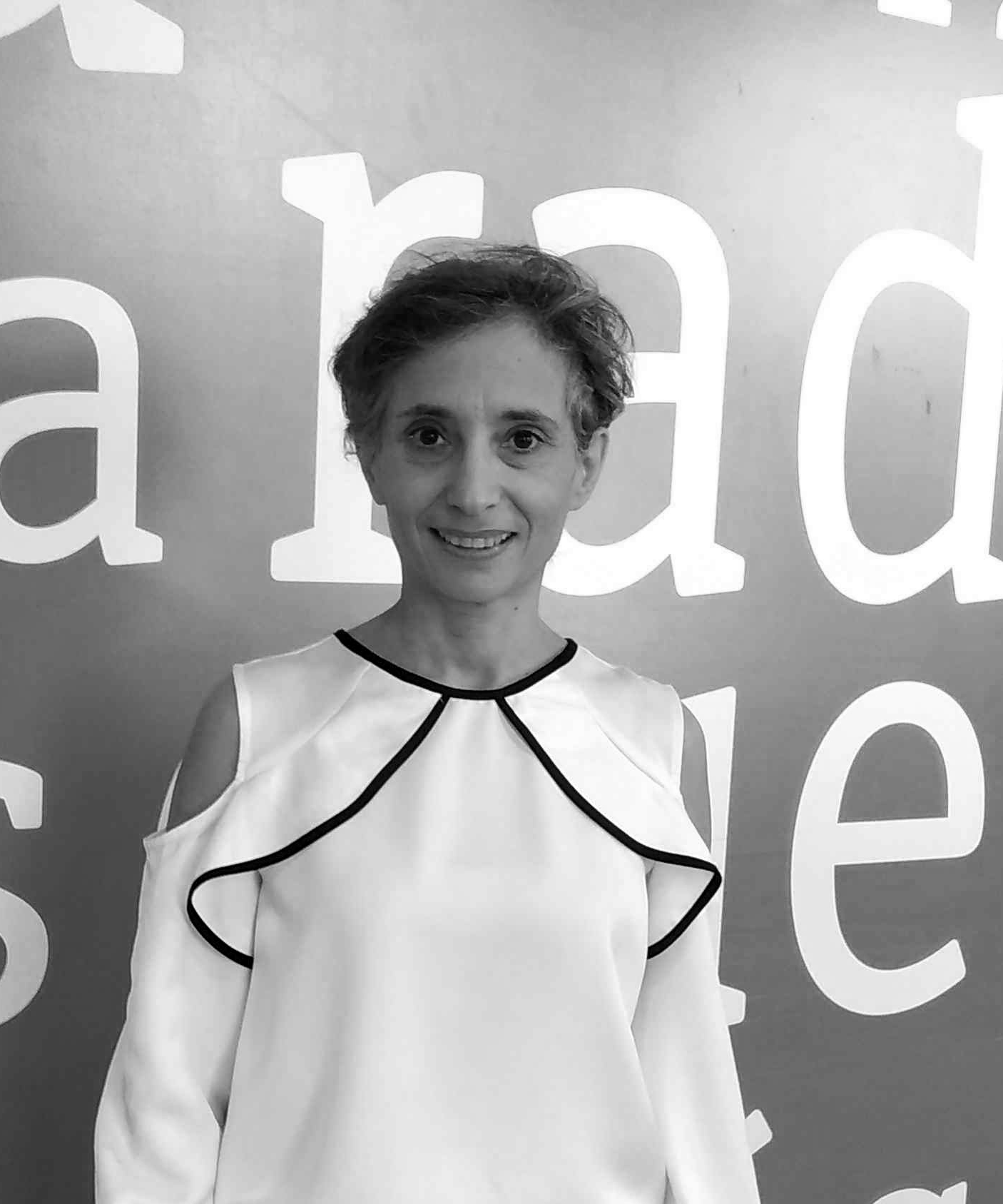 |
|
|
|
20:00 h - 21:00 h |
«Arte y Enfermedad: Un diario médico a través del tiempo»
Elena González Rey (Instituto de Parasitología y Biomedicina "López-Neyra"- IPBLN-CSIC)
Conferencia de divulgación
|
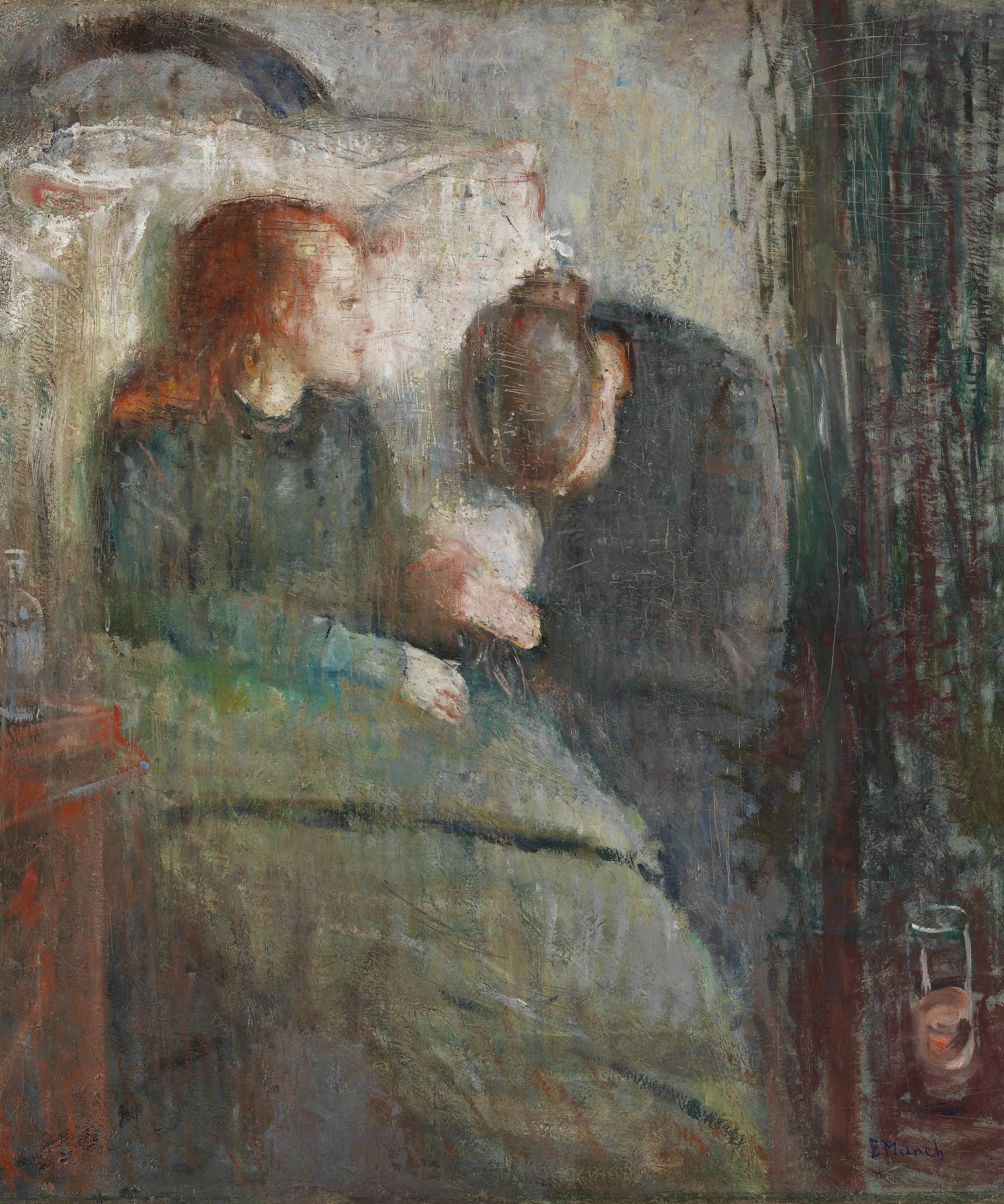 |
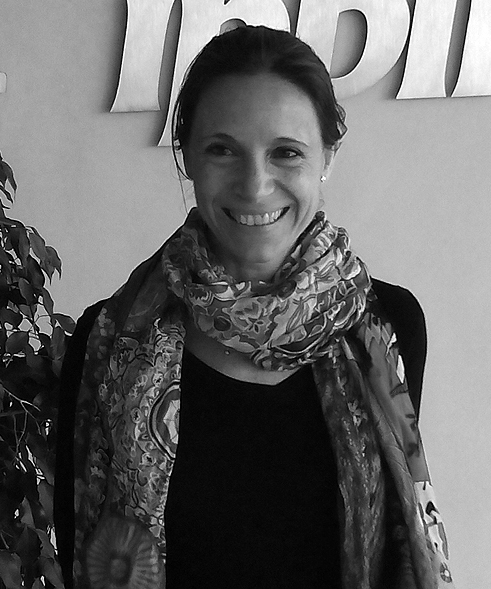 |
|
|
|
Lunes, 24 de abril |
|
|
Mañana |
|
|
|
|
|
|
11:30 h - 13:30 h |
Talleres de ciencia para colegios (visitas concertadas)
Parque de las Ciencias
|
|
Tarde |
|
|
|
|
|
|
17:30 h - 18:30 h |
«El Dibujante Neuromante: Pintando Células con Ramón y Cajal»
Taller infantil (de 4 a 12 años) - Mimedia Extraescolares
|
|
19:00 h - 20:00 h |
«Más allá de nuestros ojos: el mundo “invisible” a través de los microscopios»
Juan de Dios Alche (Estación Experimental del Zaidín EEZ-CSIC)
Conferencia de divulgación
|
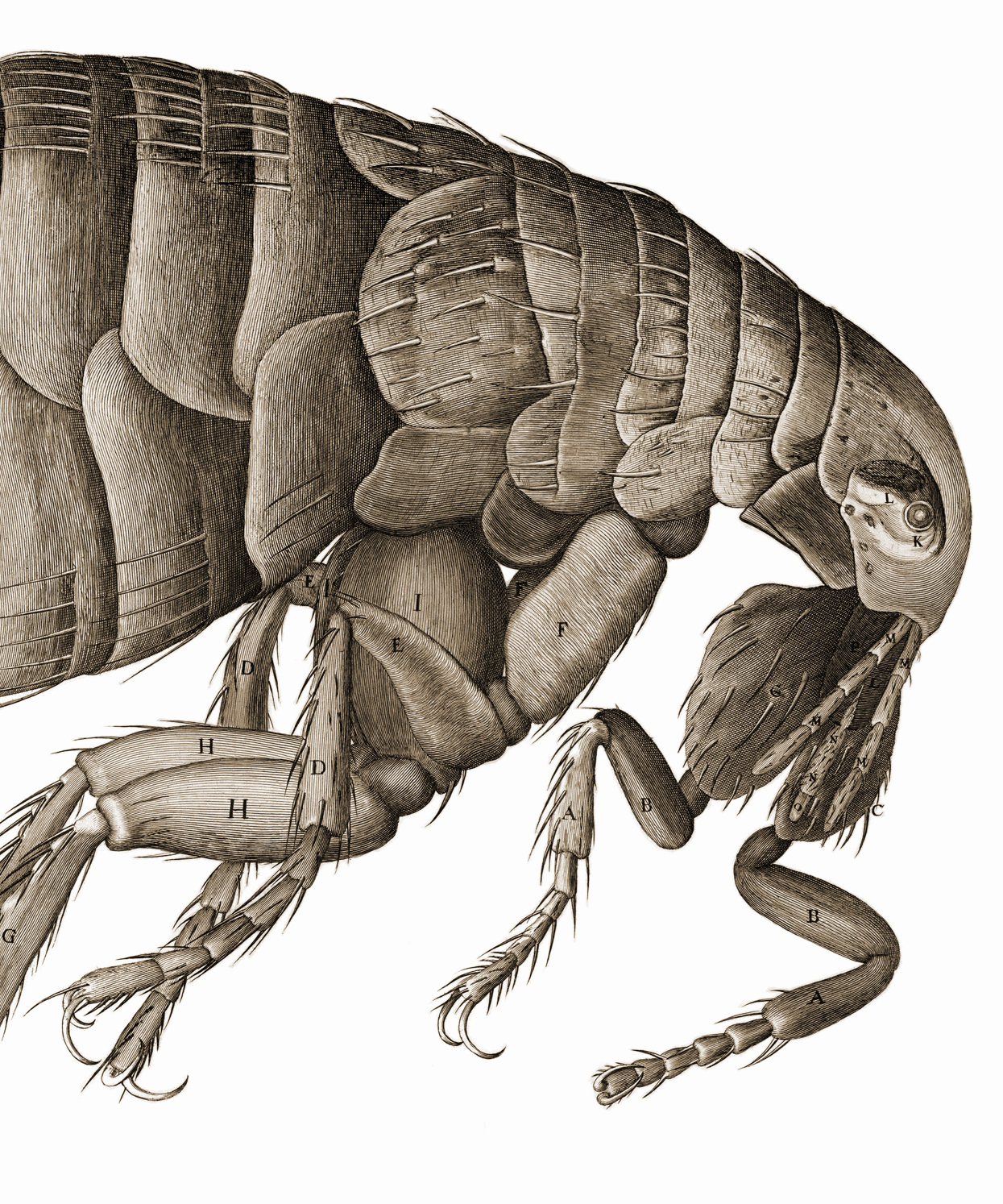 |
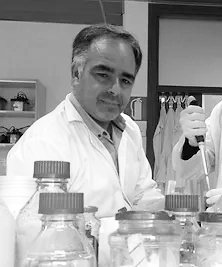 |
|
|
|
20:00 h - 21:00 h |
«¿Te vas a comer eso? Reduciendo los riesgos durante el procesado de los alimentos»
Cristina Delgado (Estación Experimental del Zaidín EEZ-CSIC)
Conferencia de divulgación
|
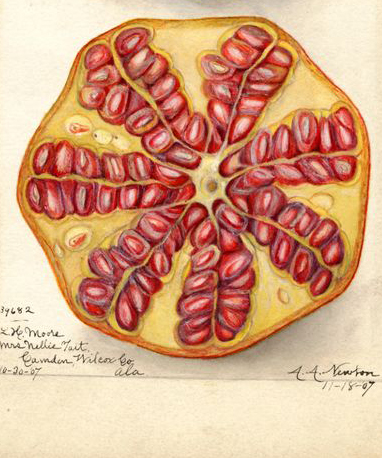 |
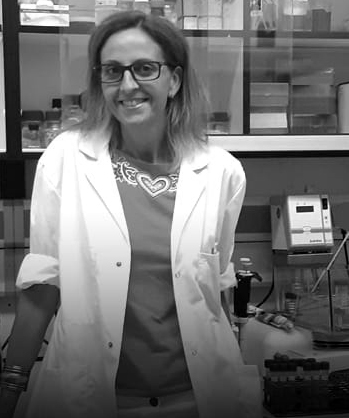 |
|
|
|
Martes, 25 de abril |
|
Mañana |
|
|
|
|
|
|
11:30 h - 13:30 h |
Talleres de ciencia para colegios (visitas concertadas)
Parque de las Ciencias
|
|
Tarde |
|
|
|
|
|
|
17:30 h - 18:30 h |
«Verde que te Quiero Rojo: Experimentos de Fotosíntesis y Bioluminiscencia»
Taller infantil (de 4 a 12 años) - Mimedia Extraescolares
|
|
19:00 h - 20:00 h |
«Del 2D al 3D: coloquio ilustrado acerca de la evolución de las recreaciones de dinosaurios»
Luis Alcalá (Parque de las Ciencias) & Javier Bollaín (RenderÁrea)
Conferencia de divulgación
|
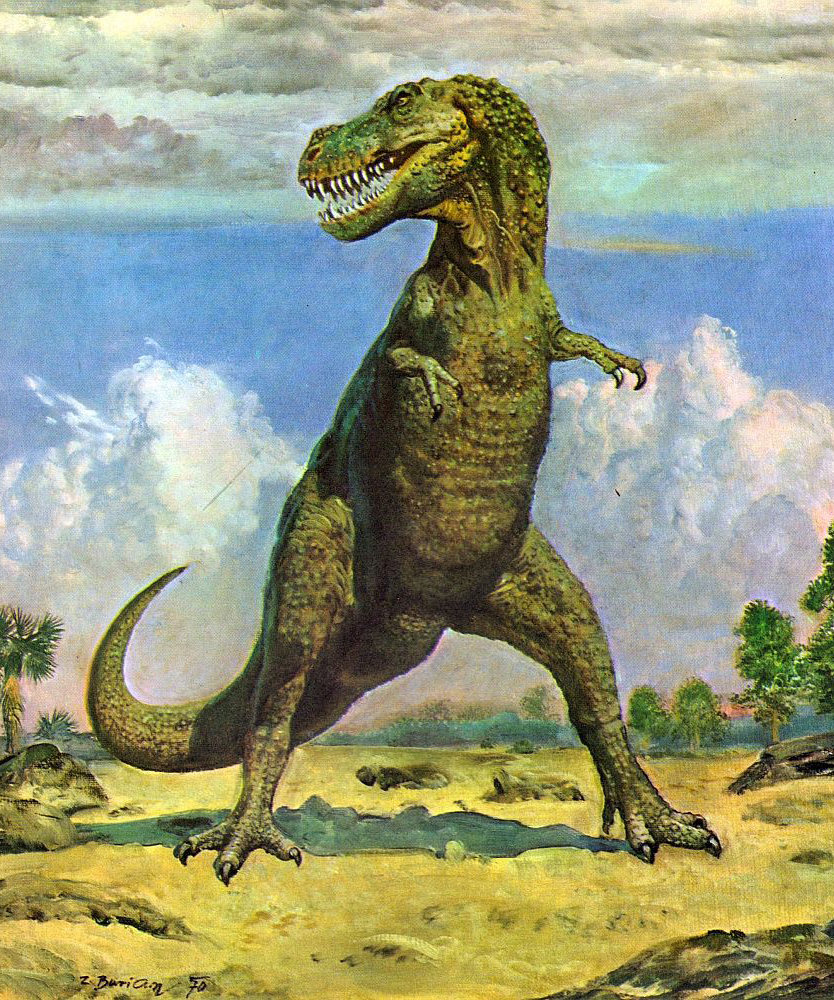 |
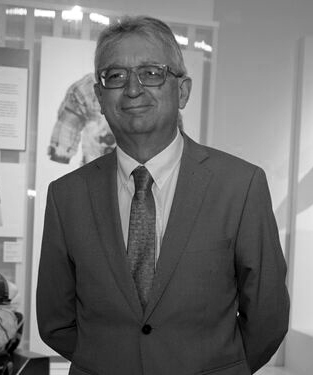 |
 |
|
|
20:00 h - 21:00 h |
«Geometría y Moral: La Formación del Universo»
Emilio Alfaro (Instituto de Astrofísica de Andalucía IAA-CSIC)
Conferencia de divulgación
|
 |
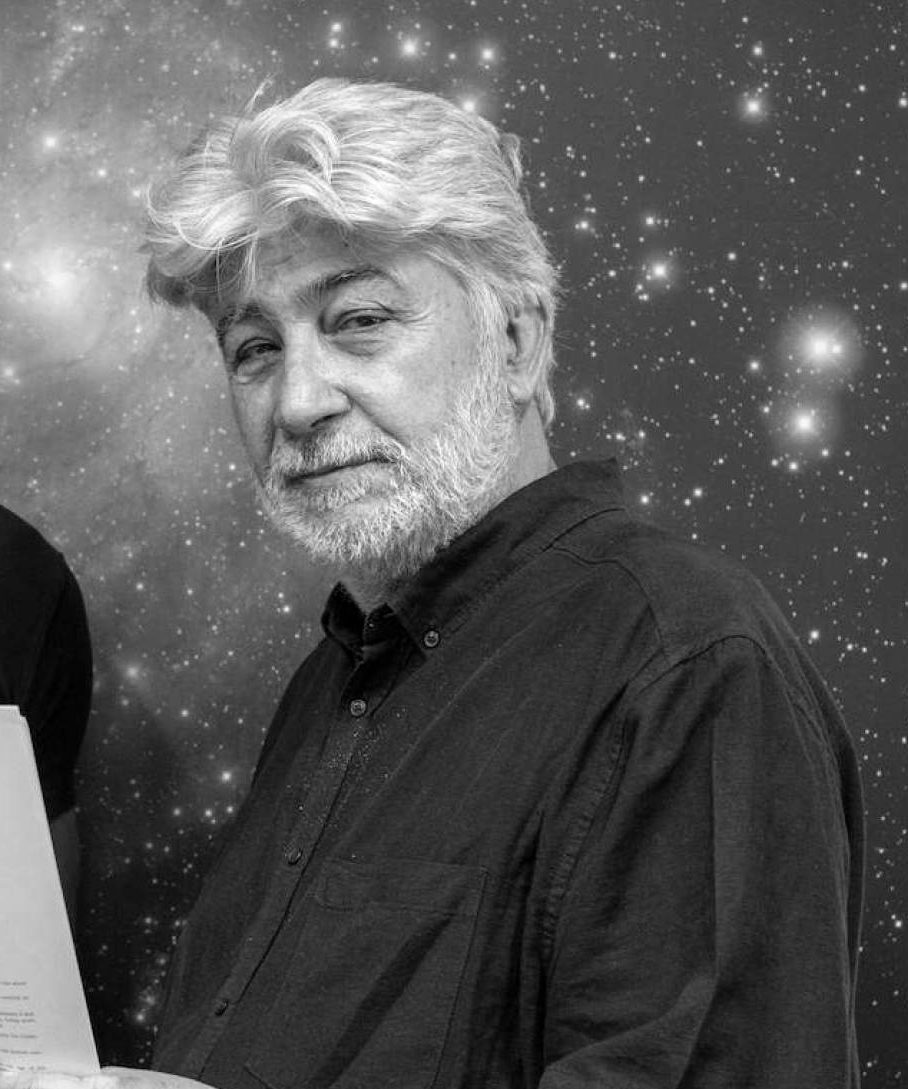 |
|
|
|
Miércoles, 26 de abril |
|
Mañana |
|
|
|
|
|
|
11:30 h - 13:30 h |
Talleres de ciencia para colegios (visitas concertadas)
Parque de las Ciencias
|
|
Tarde |
|
|
|
|
|
|
17:30 h - 18:30 h |
«El Dibujante Neuromante: Pintando Células con Ramón y Cajal»
Taller infantil (de 4 a 12 años) - Mimedia Extraescolares
|
|
19:00 h - 20:00 h |
«Ciencia para leer...y escuchar»
Estér Lázaro (Centro de Astrobiología - CAB-CSIC-INTA)
Dolores del Castillo (Instituto de Investigación en Ciencias de la Alimentación - CSIC)
Ignasi Bartomeus (Estación Biológica de Doñana - CSIC)
Grabación en directo del Podcast «Ciencia para leer» dirigido y conducido por Carmen Guerrero (Vicepresidencia Adjunta de Cultura Científica - CSIC)
|
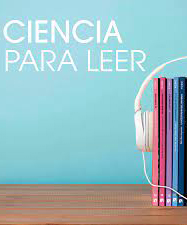 |
 |
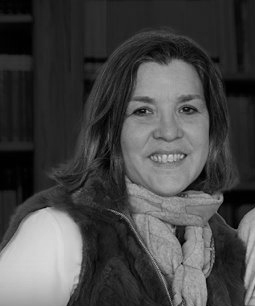 |
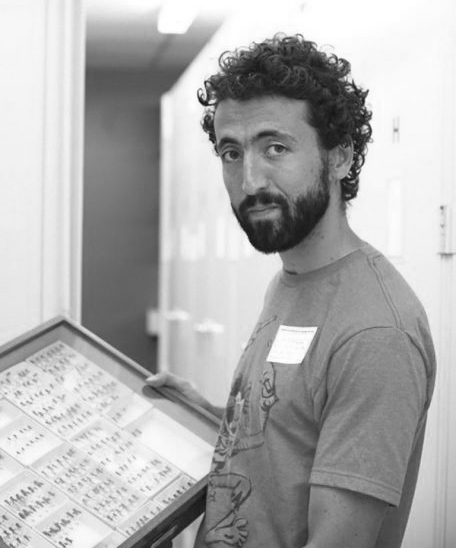 |
|
20:00 h - 21:00 h |
«Expedición al volcán de la sal»
Silbia López de Lacalle (Instituto de Astrofísica de Andalucía IAA-CSIC)
Charla-Presentación libro. Ed. Guadalmazán
|
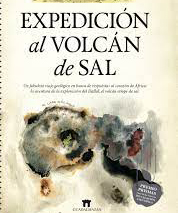 |
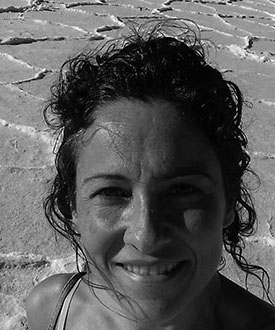 |
|
|
|
Jueves, 27 de abril |
|
Mañana |
|
|
|
|
|
|
11:30 h - 13:30 h |
Talleres de ciencia para colegios (visitas concertadas)
Parque de las Ciencias
|
|
Tarde |
|
|
|
|
|
|
17:30 h - 18:30 h |
«Verde que te Quiero Rojo: Experimentos de Fotosíntesis y Bioluminiscencia»
Taller infantil (de 4 a 12 años) - Mimedia Extraescolares
|
|
19:00 h - 20:00 h |
«Taller de cómic "La barraca de la ciencia"»
Germán Tortosa (Estación Experimental del Zaidín EEZ-CSIC), Jesús Sánchez (Laboratoons) & Cirenia Arias (@CireniaSketches)
Taller de cómic científico
|
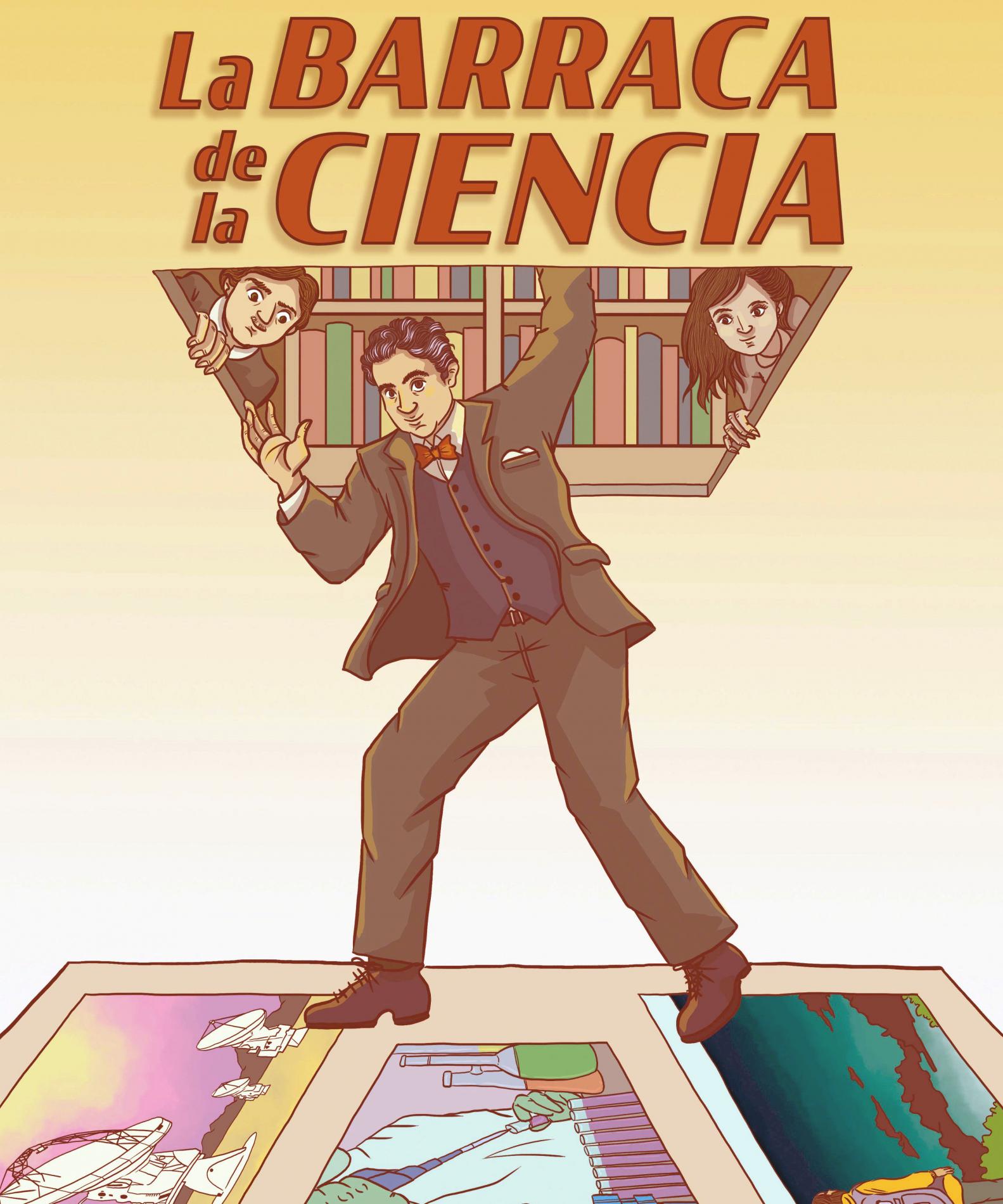 |
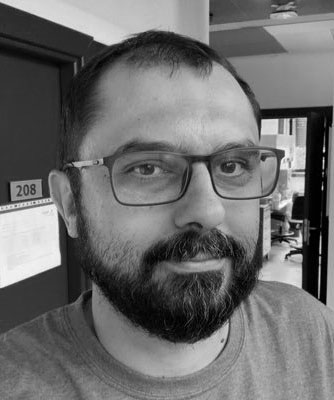 |
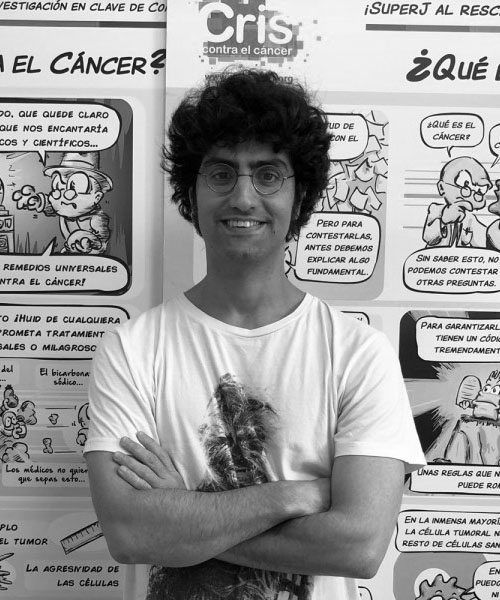 |
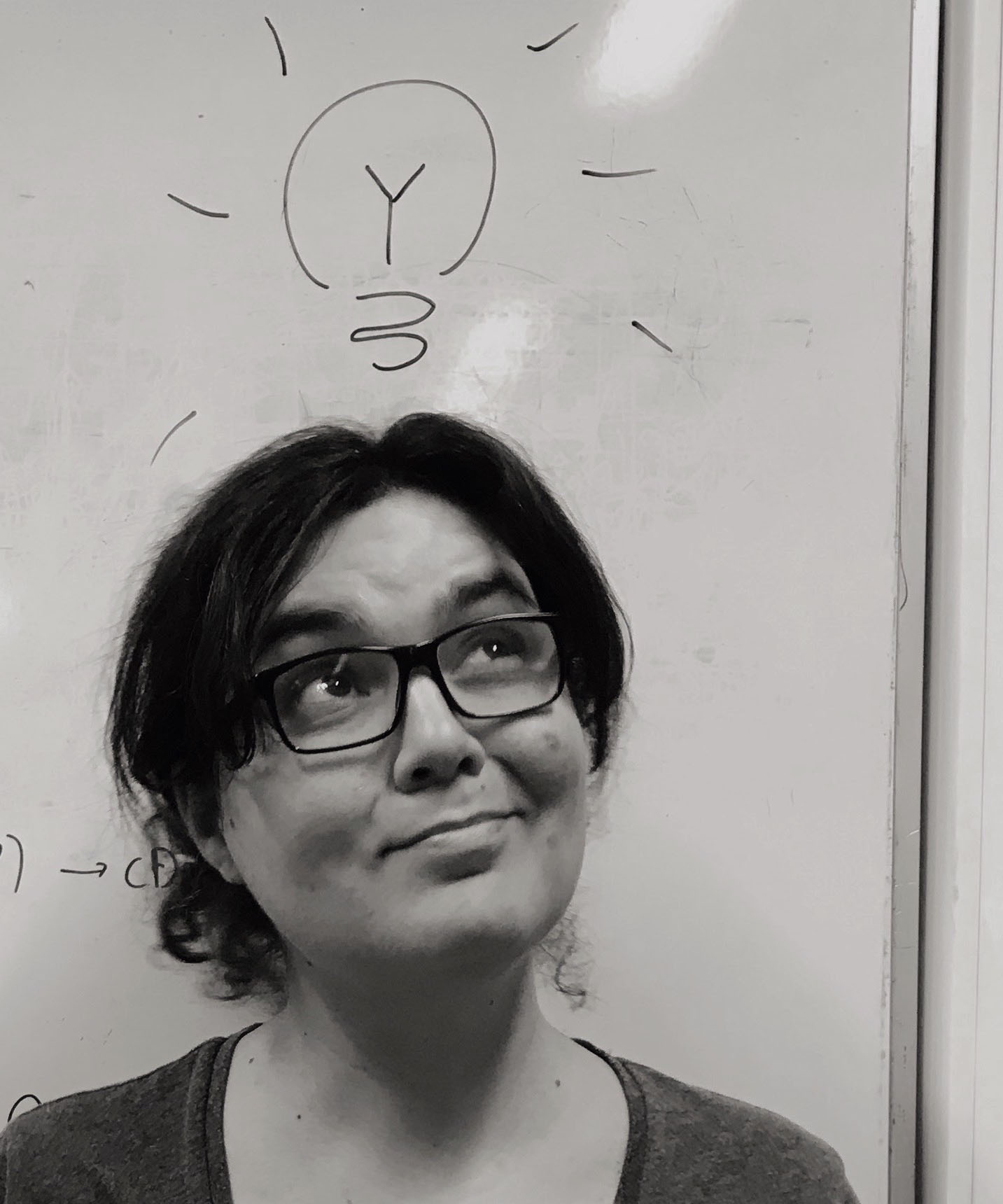 |
|
20:00 h - 21:00 h |
«El lado oscuro del Universo»
Julia Ferrer (Instituto de Astrofísica de Andalucía IAA-CSIC)
Conferencia de divulgación
|
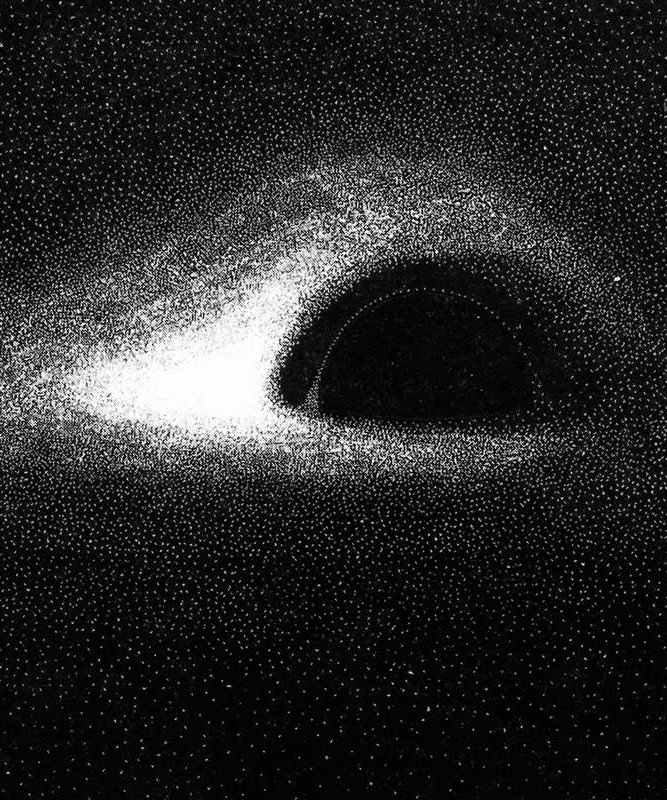 |
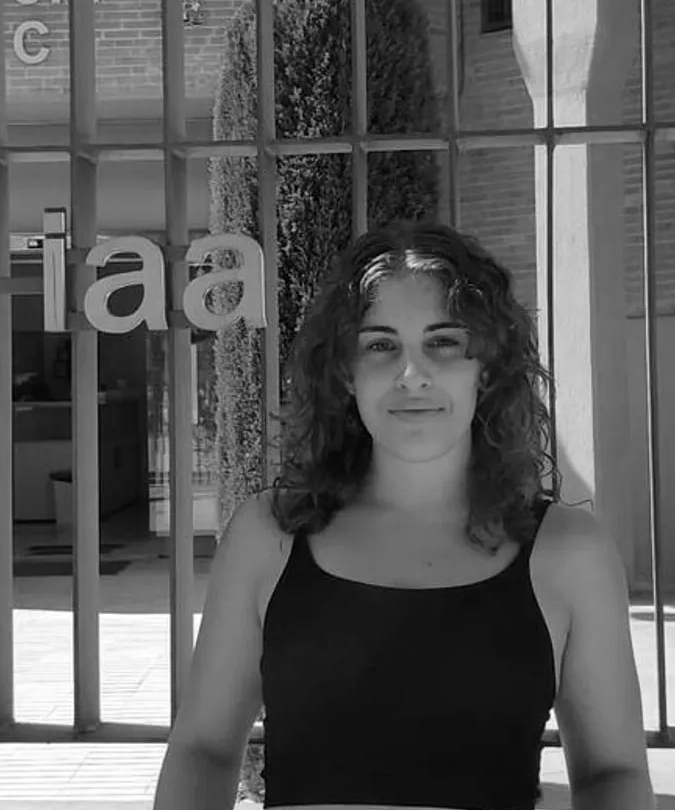 |
|
|
|
Viernes, 28 de abril |
|
Mañana |
|
|
|
|
|
|
11:30 h - 13:30 h |
Talleres de ciencia para colegios (visitas concertadas)
Parque de las Ciencias
|
|
Tarde |
|
|
|
|
|
|
17:30 h - 18:30 h |
«El Dibujante Neuromante: Pintando Células con Ramón y Cajal»
Taller infantil (de 4 a 12 años) - Mimedia Extraescolares
|
|
19:00 h - 20:00 h |
«Poniendo banda sonora al Universo»
Enrique Pérez y Rubén García Benito (Instituto de Astrofísica de Andalucía IAA-CSIC)
Conferencia de divulgación
|
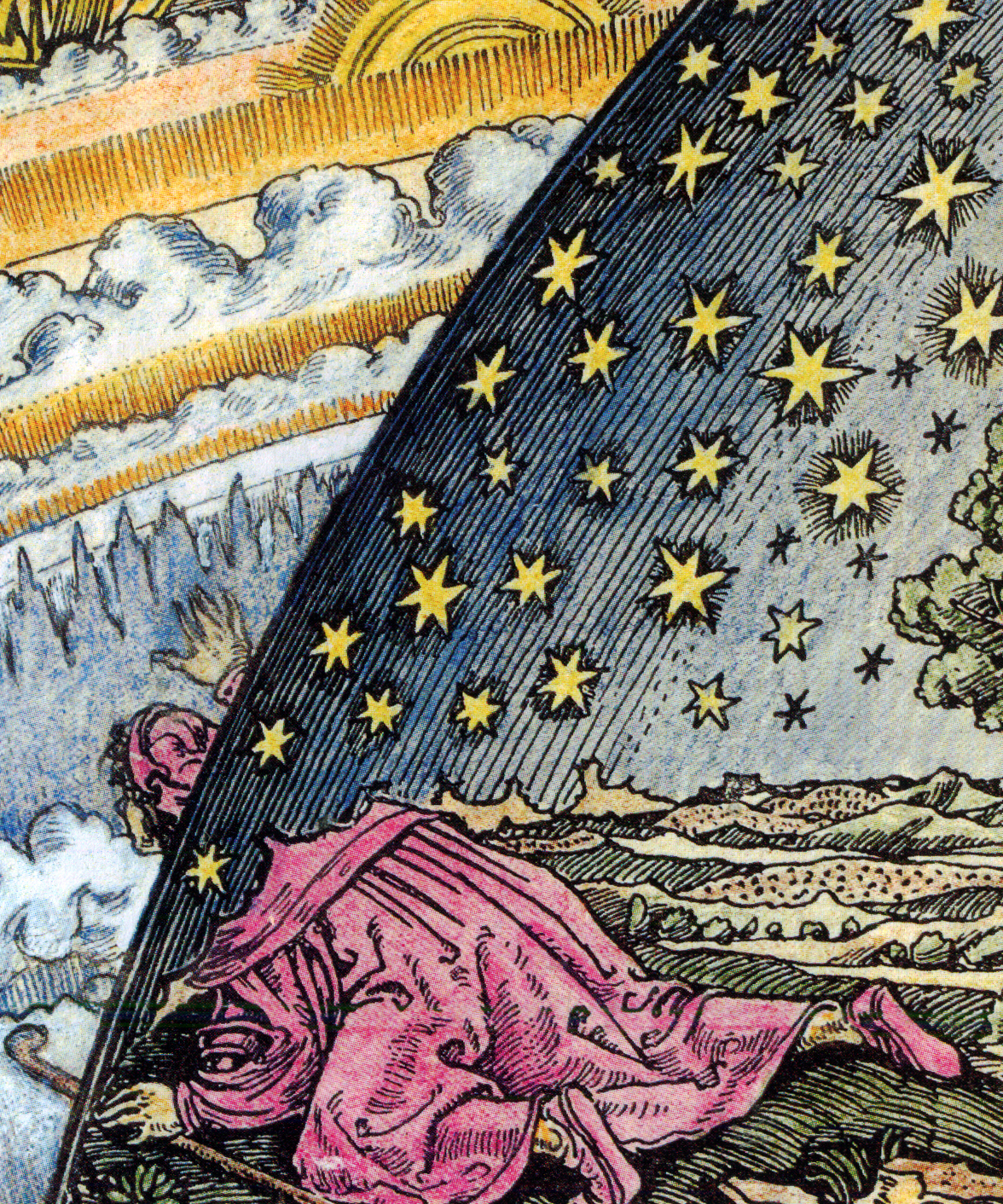 |
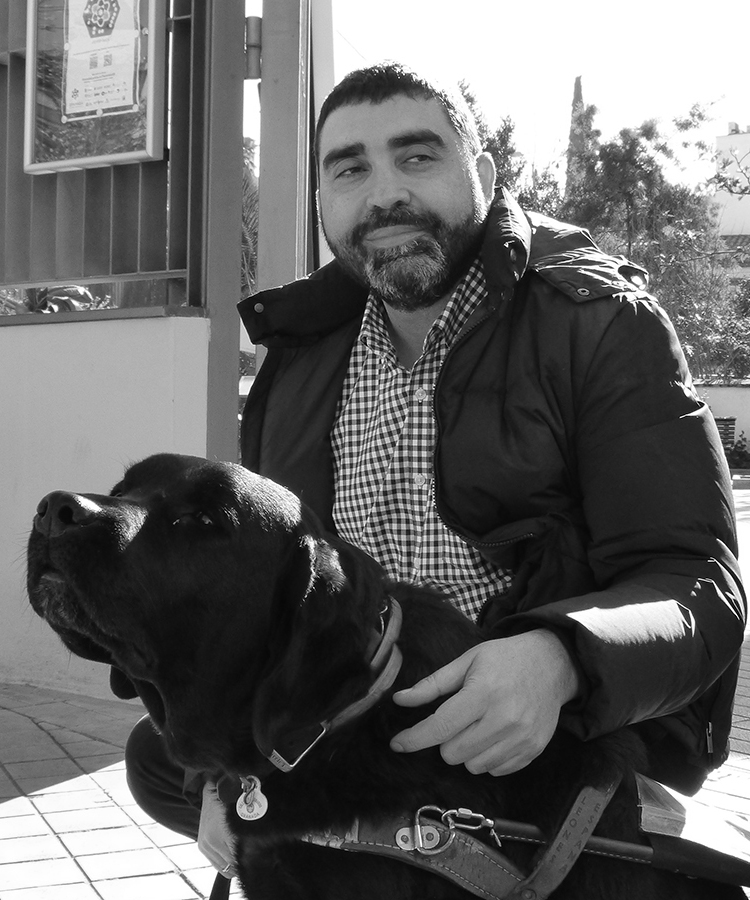 |
 |
|
|
20:00 h - 21:00 h |
«Descubriendo galaxias»
Almudena Alonso Herrero (Centro de Astrobiología CAB-CSIC-INTA) & Jesús Romero (jesusromeroart.com/)
Charla-Presentación libro. Ed. Next Door.
|
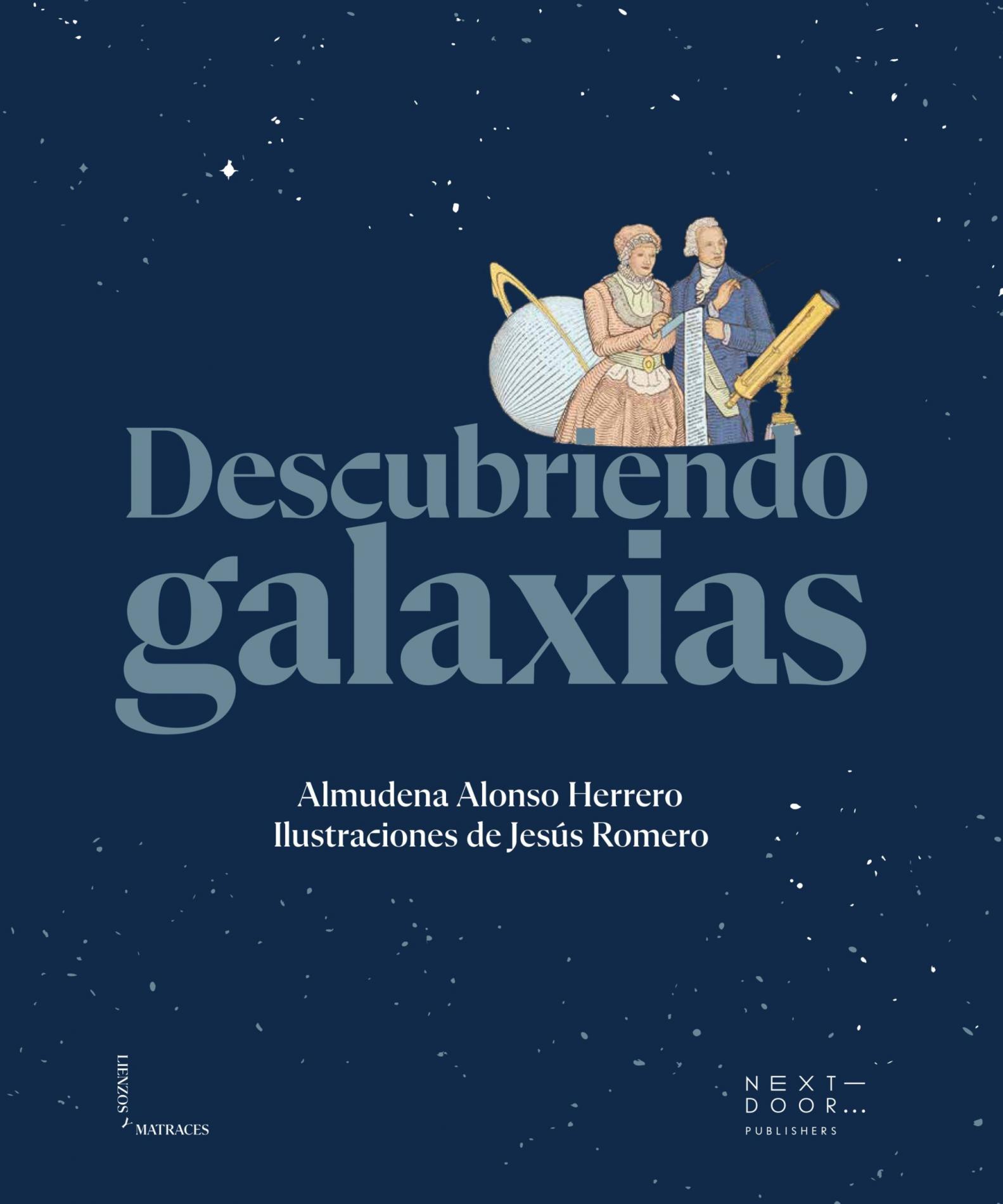 |
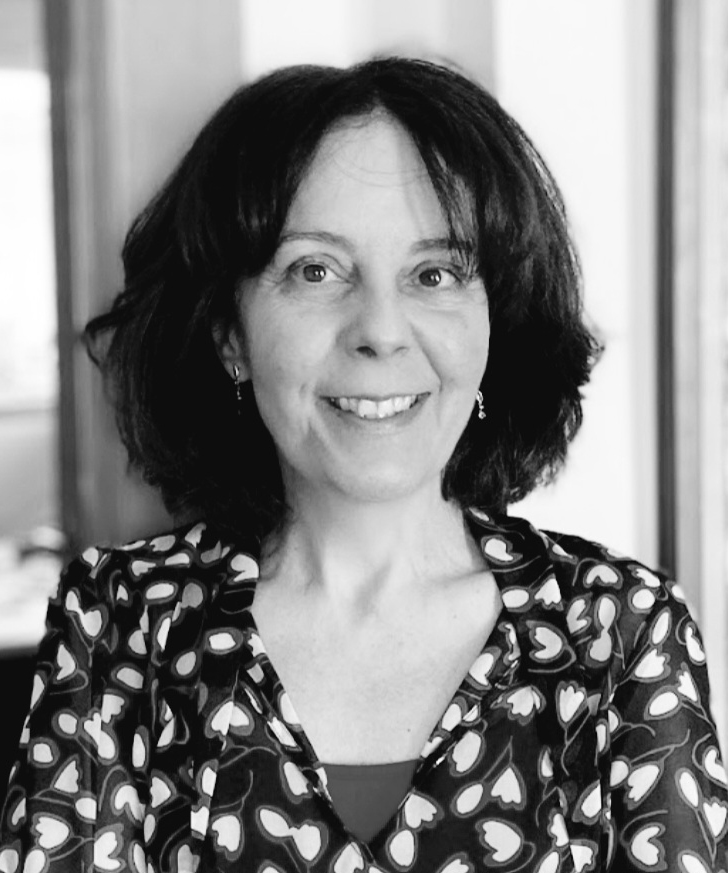 |
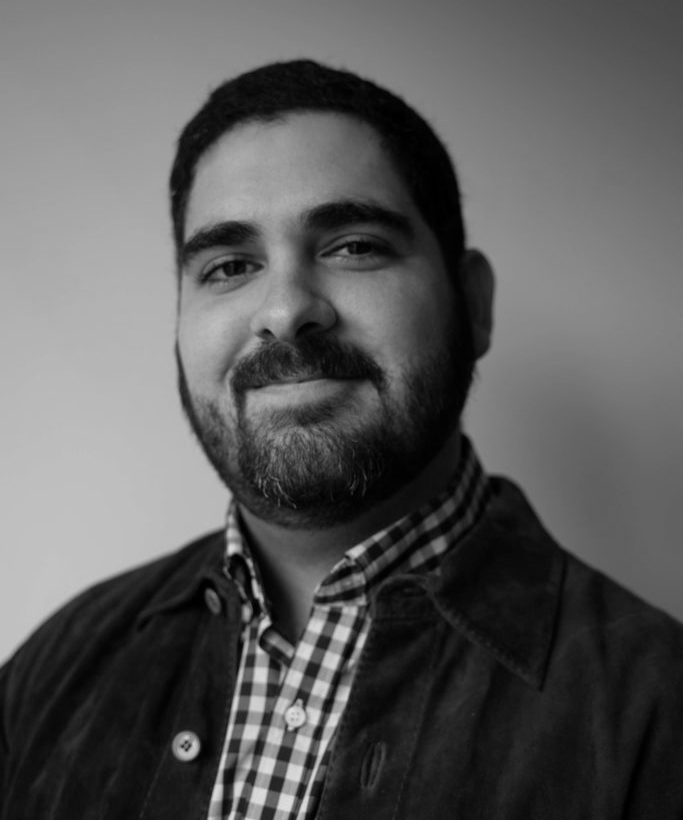 |
|
|
Sábado, 29 de abril |
|
Mañana |
|
|
|
|
|
|
11:00 h - 12:00 h |
«El Dibujante Neuromante: Pintando Células con Ramón y Cajal»
Taller infantil (de 4 a 12 años) - Mimedia Extraescolares
|
|
12:30 h - 13:30 h |
«Mitos & Ciencia»
Blanca Torres (blancatorres.org/)
Charla-Presentación libro. Ed. Galera.
|
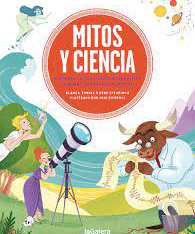 |
 |
|
|
|
Tarde |
|
|
|
|
|
|
17:30 h - 18:30 h |
«Verde que te Quiero Rojo: Experimentos de Fotosíntesis y Bioluminiscencia»
Taller infantil (de 4 a 12 años) - Mimedia Extraescolares
|
|
19:00 h - 20:00 h |
«Bacterias sangrientas, falsos hongos asesinos, y otras historias de microbios influencers»
Manuel Espinosa (Estación Experimental del Zaidín EEZ-CSIC)
Conferencia de divulgación.
|
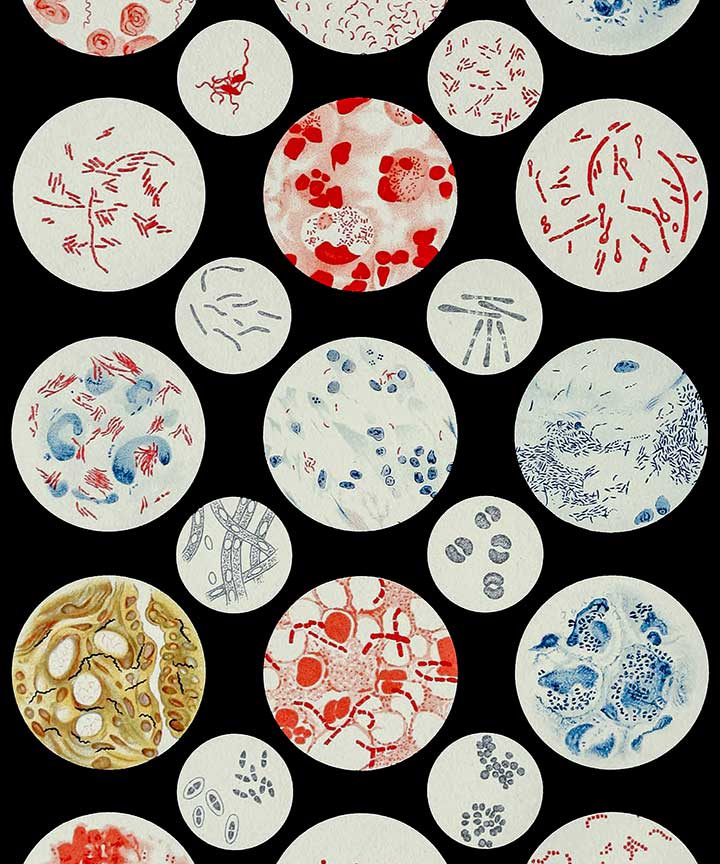 |
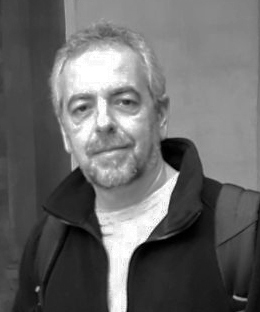 |
|
|
|
20:00 h - 21:00 h |
«¿Por qué NO deseo?»
Laura Morán (lauramoranpsicologa.es)
Charla-Presentación libro. Ed. Next Door.
|
 |
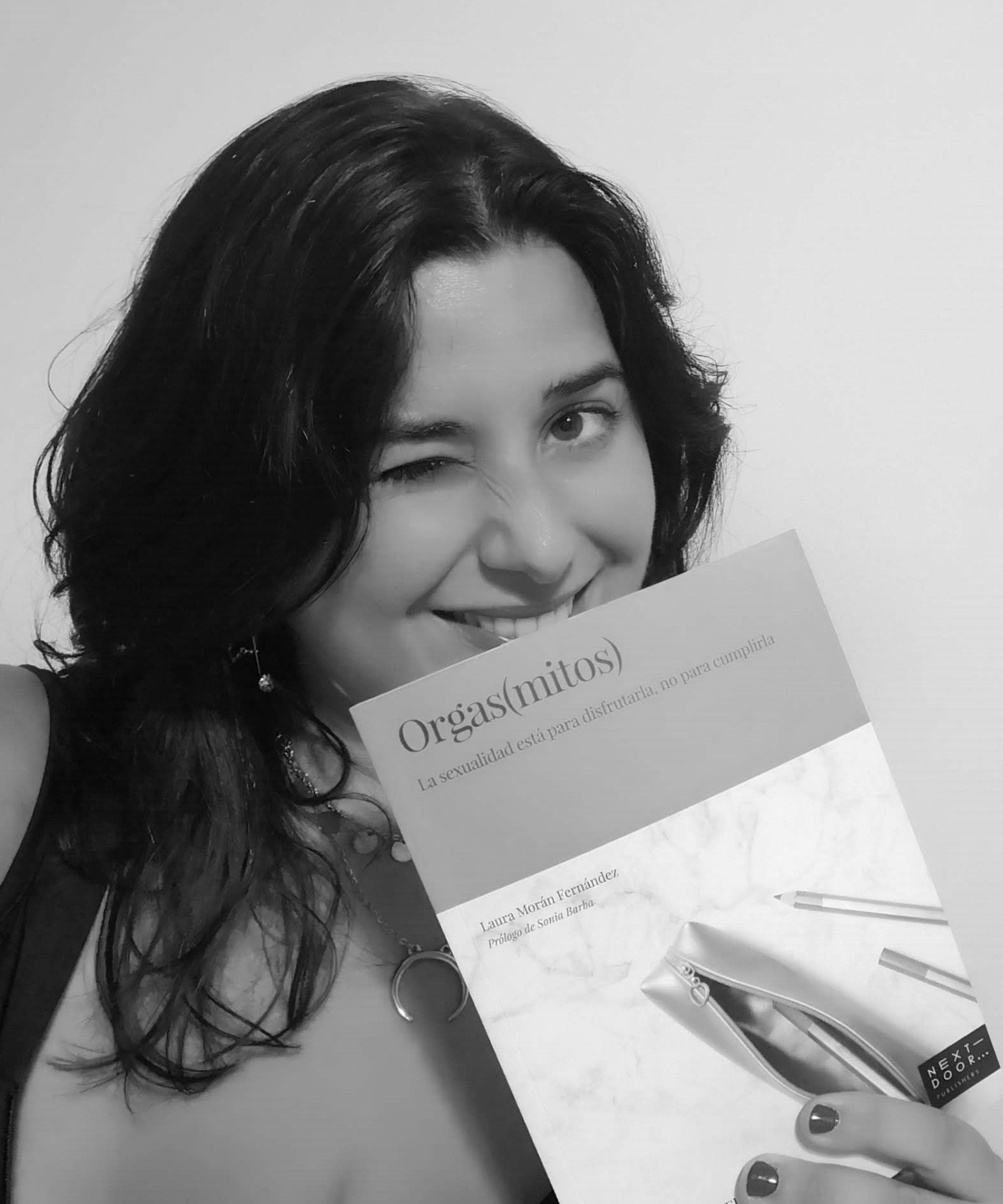 |
|
|
|
Domingo, 30 de abril |
|
Mañana |
|
|
|
|
|
|
11:30 h - 13:30 h |
«Taller de Ilustración Científica del mundo marino»
Iara Chapuis (Ilustraciencia)
Taller de ilustración.
|
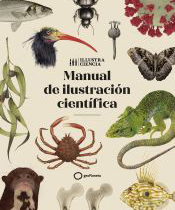 |
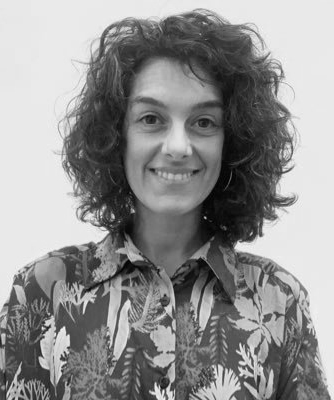 |
|
|
|
Tarde |
|
|
|
|
|
|
17:30 h - 18:30 h |
«Verde que te Quiero Rojo: Experimentos de Fotosíntesis y Bioluminiscencia»
Taller infantil (de 4 a 12 años) - Mimedia Extraescolares
|
|
19:00 h - 20:00 h |
«El cerebro ilustrado: descubriendo la neuroimagen»
María Ruz (Centro de Investigación Mente, Cerebro y Comportamiento UGR)
Conferencia de divulgación
|
 |
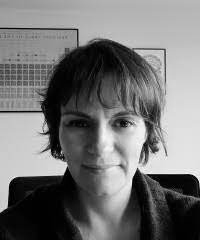 |
|
|
|
20:00 h - 21:00 h |
«El futuro del arte: explorando las posibilidades de la inteligencia artificial en la creación artística»
Rocío Romero (Universidad de Granada)
Conferencia de divulgación
|
 |
 |
|
|